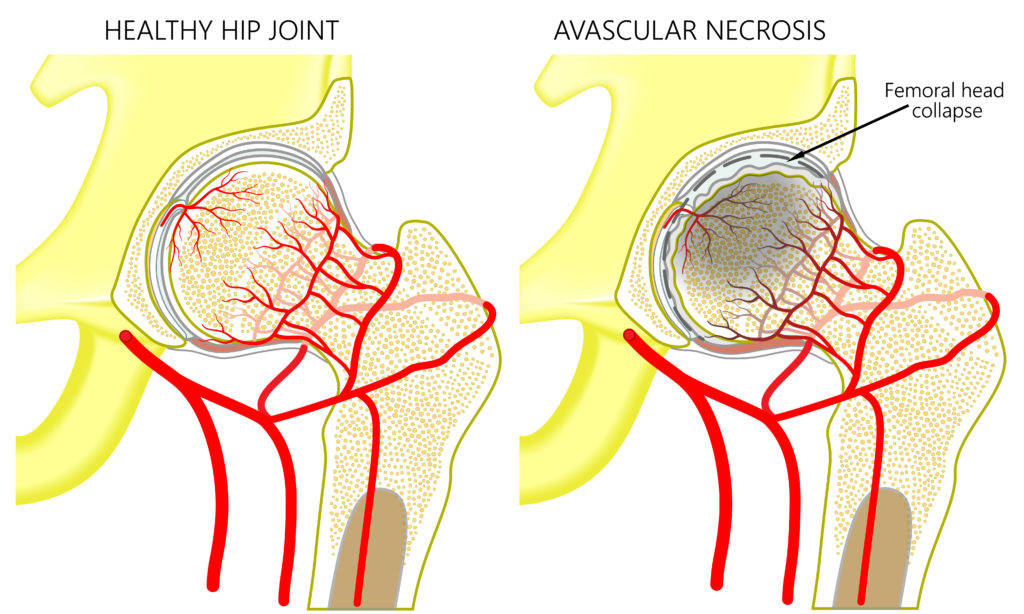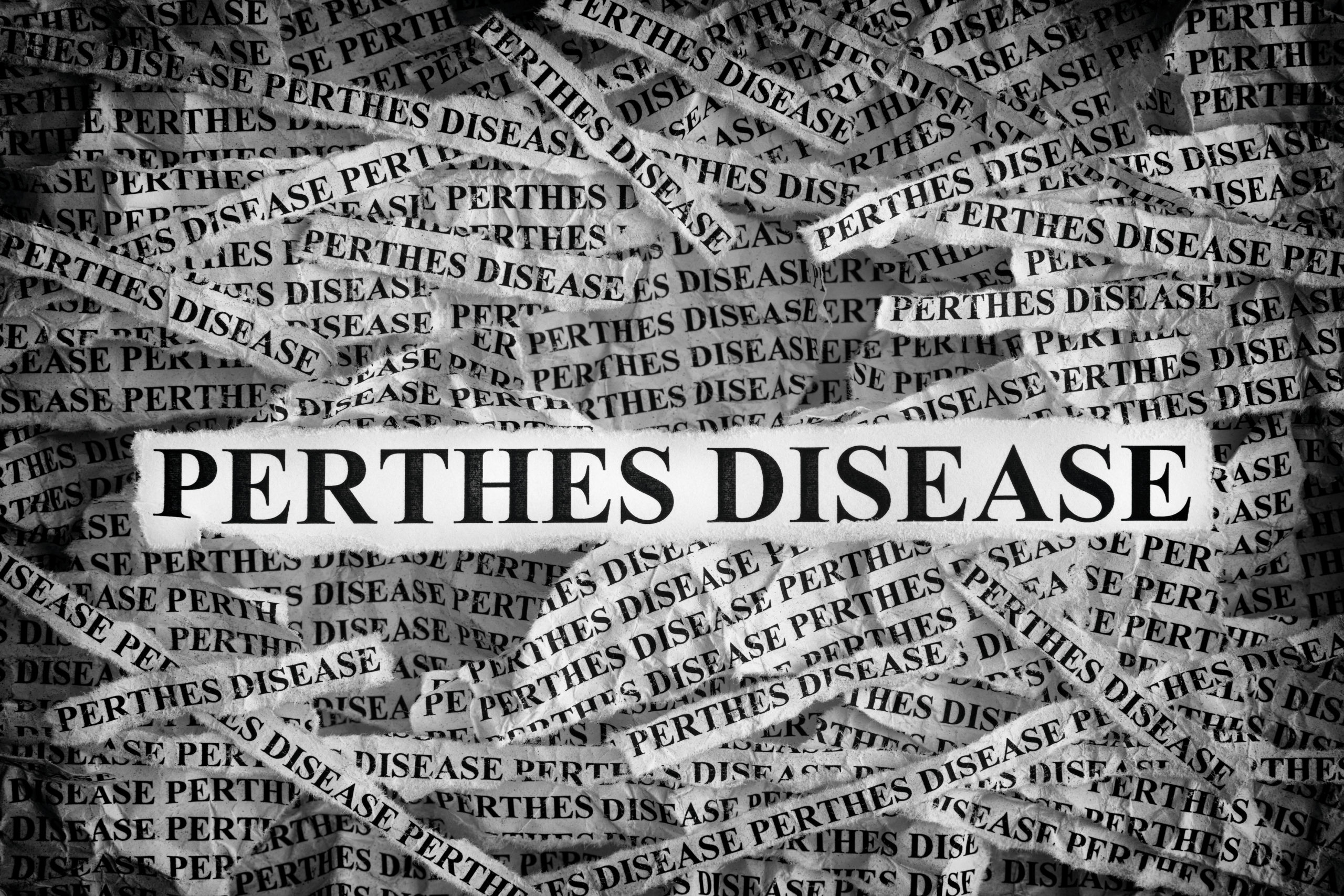Perthes disease is a condition that affects the head of the femur bone secondary to reduction, interruption, or lack of blood supply to that part of the bone.
In some places, you will find Perthes disease being referred to as Legg-Calve-Perthe’s disease. It is among the conditions that cause avascular necrosis of the hip.
Avascular necrosis is a medical term that refers to the death of bone from a lack of adequate blood supply.
In this article, we shall point out who is at risk for Perthes disease, the symptoms of Perthes disease, and elaborate on the treatment of Perthes disease.
Despite lots of research on this condition, it is one of the most misunderstood conditions in medicine.
The exact cause of Perthes disease is not known but there are a few documented risk factors.
Risk factors for Perthes disease.
1. Male gender
2. Very active children
3. Smoking. Exposure of children to smoke puts them at risk for Perthes disease
4. Living in urban areas.
5. Blood disorders
Do you need to see a paediatric orthopaedic surgeon?
Staging of Perthes disease
The most common classification divides Perthes disease into 4 main stages
1. Inflammatory stage
2. Fragmentation stage
3. Reossification stage
4. Healing stage.
Medical literature has further broken down the respective stages and each stage has a classification.
Signs and symptoms of Perthes disease
- Hip pain. It has a gradual onset and is worsening in nature.
- Knee pain. Most children will complain about knee pain without any history of trauma to the knee. Knee X-rays will be normal.
- Difficulty walking
- Restriction in the abduction of the hip
How to confirm Perthes disease.

Doctors can only diagnose and confirm Perthes disease by doing radiological investigations. It can be either of the tests below.
- Plain x-rays. It is important to have more than one view. An anteroposterior or AP view and frog lateral view are vital.
Most times, doctors pick up perthes while it is in the fragmentation phase.
2. MRI scan will be able to confirm avascular necrosis of the femoral head and the extent of involvement of the femoral head.
Treatment of Perthes disease
Treatment of Perthes does not technically make the condition go away. The treatment is instituted to prevent the progression of the deformity of the head of the femur.
Once Perthes disease occurs, it has to progress through the 4 stages mentioned above.
The fragmentation phase is the longest. In some people, it progresses faster but on average, it lasts about 18months.
| The goals of treatment of Perthes disease are – |
| – To maintain the range of motion of the hip joint. |
| – To prevent deformity of the femoral head. |
Non operative treatment
1. Physiotherapy.
This will help maintain the range of motion of the hip. The most affected movement is the abduction of the hip, which is the first motion to be lost in Perthes disease.
The aim is to keep the abduction to at least over 45 degrees of abduction.
We care about abduction because, if you lose that motion of abduction, then those muscles can’t do their job and this will worsen the limping.
2. Activity modification
Children are advised against any contact sports or activities that involve jumping or running as pounding on that head of the femur during these activities can cause it to flatten out.
Swimming and cycling are encouraged.
The type of activities can be revised when the Xrays show the end of the fragmentation phase. The fragmentation phase lasts about 18 to 24 months on average.
3. Using crutches.
In some cases, crutches can be helpful to take the weight off the affected leg or if the hip is very sore.
Surgical treatment
- Core decompression.
In core decompression, the surgeon will drill across the femoral neck and head in order to decompress that region and as a result, stimulate blood flow to the head of the femur.
2. Hip bone osteotomies.
Osteotomy is the medical term for cutting bone.
Surgeries that involve cutting and reshaping the head of the femur are done to get good coverage of the femoral head by the socket.
Do you need to see a paediatric orthopaedic surgeon?
Complications associated with Perthes disease
- Limb length discrepancy.
Some children may get a limb length discrepancy because of early closure of the growth plate in the upper part of the femur. The upper part of the femur only contributes about 20 to 30% of the growth of the femur.
This can be treated with a shoe raise or a limb lengthening surgery.
2. Change in gait
Children may walk with a Trendelenburg gait which is caused by weak abductor muscles.
3. Osteoarthritis of the hip joint.
Due to the lack of congruity between the head of the femur and the acetabulum, it can cause early-onset osteoarthritis in the hip joint which may be treated with hip replacement surgery.
4. Chronic hip pain.
The pain may arise from weakness of the muscles of the hip or early osteoarthritis of the hip.
In conclusion,
Perthes disease is a condition associated with poor blood flow to the femoral head. It is common in boys and very active children. Most children will complain of painful hip or knee and refusal to walk on that leg. Treatment can be both nonoperative and operative.
